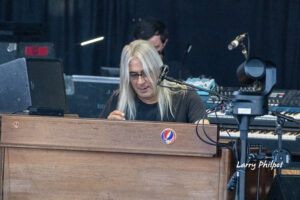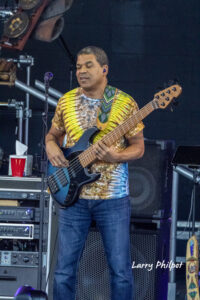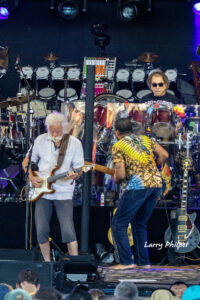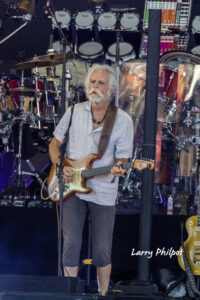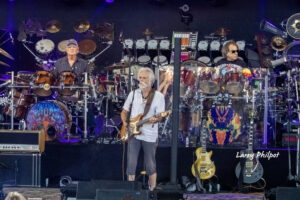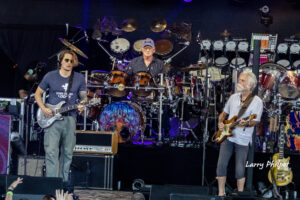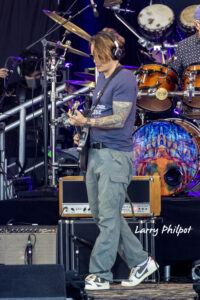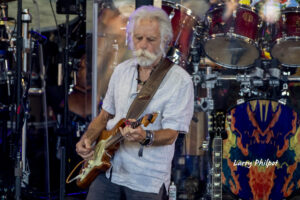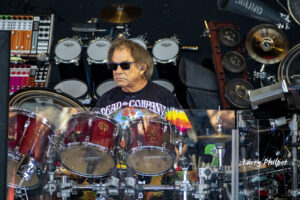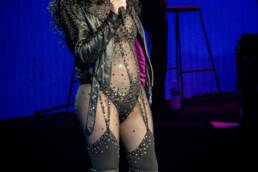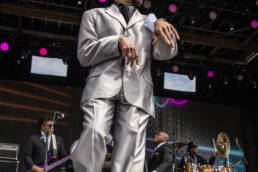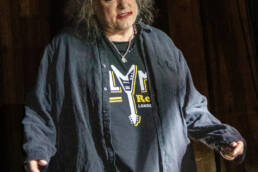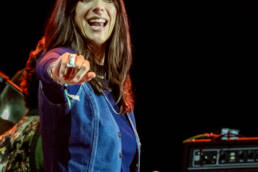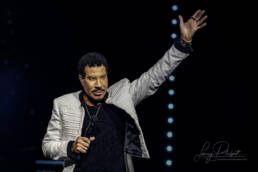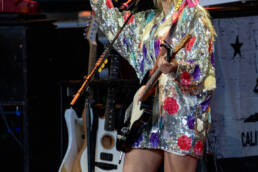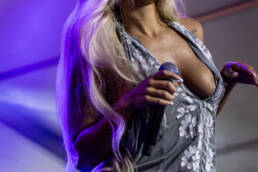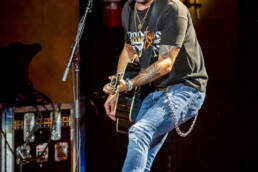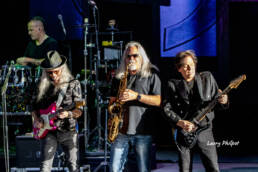Bob Weir: The Rhythm Rogue of the Dead’s Cosmic Dance
Bob Weir: The Rhythm Rogue of the Dead’s Cosmic Dance
Picture a restless teen in 1960s San Francisco, his fingers restless on a pawn-shop guitar, the Bay Area’s fog curling around a mind too wild for classrooms. For Bob Weir, music wasn’t just a career—it was a rebellion, a lifeline to escape a dyslexic haze and a ticket into a brotherhood that would reshape rock. What drove him to pursue it? It was the jolt of hearing bluegrass banjos in Palo Alto coffeehouses, the pull of Jerry Garcia’s grin, and a hunger to weave rhythm into the psychedelic sprawl. That spark turned Robert Hall Weir into the Grateful Dead’s beating heart, a rhythm guitarist whose chords still echo through the cosmos.
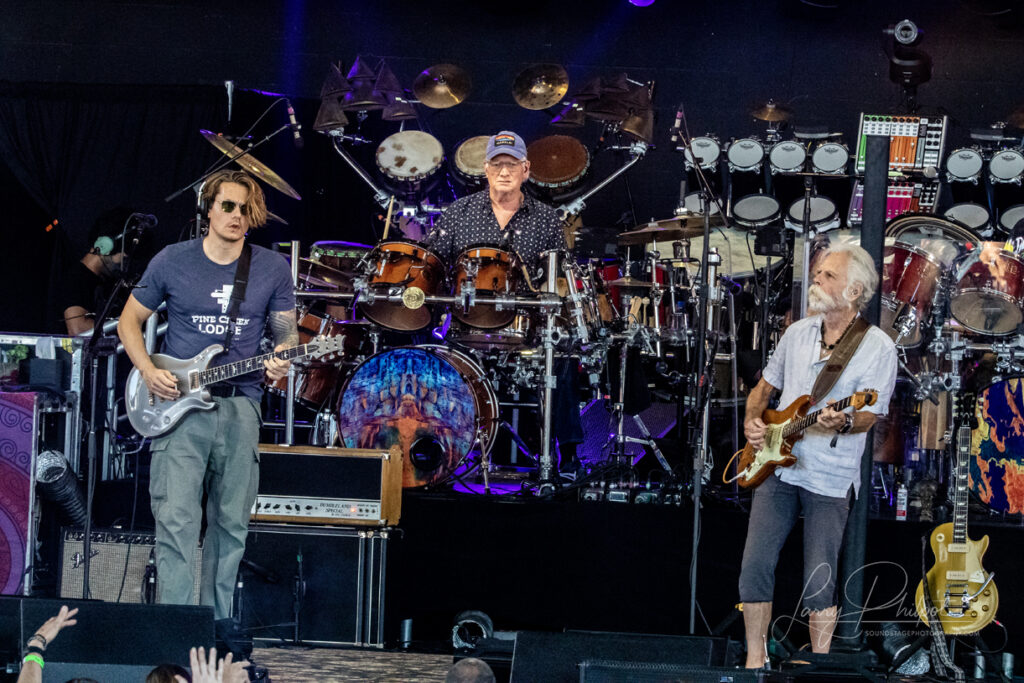
From Atherton to Acid Tests
Born October 16, 1947, in San Francisco, Bob was adopted by Frederic and Eleanor Weir, well-off Atherton folks—his dad an engineer, his mom a homemaker. Dyslexia dogged him; school was a flop—expelled from Fountain Valley Prep, bounced through Menlo-Atherton High. At 15, he found refuge in music—banjo first, then guitar—haunting Palo Alto’s folk scene. New Year’s Eve 1963, at Dana Morgan’s Music Store, he met Jerry Garcia; they jammed till dawn, birthing a bond. By 16, he’d ditched school for good, crashing with Garcia’s crew.
Raised on Burl Ives and Pete Seeger, Bob soaked up jug bands and blues, his ear sharp despite the chaos. Married to Natascha Münter since 1999—daughters Shala Monet and Chloe Kaelia—he’s kept family low-key, his life a tapestry of stages and tie-dye.
A Career of Dead and Beyond
Bob’s legacy is The Grateful Dead, formed in 1965 as The Warlocks. The classic lineup—Jerry Garcia (lead guitar, vocals), Bob Weir (rhythm guitar, vocals), Phil Lesh (bass), Ron “Pigpen” McKernan (keys, vocals), Bill Kreutzmann (drums), later Mickey Hart (drums)—peaked in the ‘70s-‘80s, from Workingman’s Dead (1970) to In the Dark (1987). Bob’s rhythm wove the jam—think “Truckin’” or “Sugar Magnolia”—his voice a counterpoint to Jerry’s. They sold 35 million albums, a cult born from Acid Tests and endless tours.
Post-Pigpen (1973), Keith Godchaux (keys) and Donna Godchaux (vocals) joined; after Jerry’s 1995 death, Bob led spin-offs: The Other Ones, The Dead, Furthur (with Lesh), and Dead & Company (2015-2023) with John Mayer. Solo, he cut Ace (1972), Heaven Help the Fool (1978), and Blue Mountain (2016). He’s fronted RatDog (1995-2014) with Jay Lane (drums) and Robin Sylvester (bass), and Bobby Weir & Wolf Bros since 2018, with Don Was (bass) and Jay Lane. Collaborations? He’s sung with Wilco, Grace Potter, and Trey Anastasio. On screen, he’s in The Grateful Dead Movie (1977), Long Strange Trip (2017), and voiced King of the Hill. His tunes hit The Simpsons and Stranger Things.
Awards? The Dead nabbed a Grammy Lifetime Achievement (2007), Rock and Roll Hall of Fame (1994), and Bob’s got a Les Paul Spirit Award (2011). Over 40 million records sold with the Dead alone.
Here’s a rundown of his biggest hits:
- “Truckin’” – Co-written by Garcia, Weir, Lesh, and Robert Hunter, this 1970 No. 64 anthem defined the Dead.
- “Sugar Magnolia” – Penned by Weir and Hunter, this 1970 fan fave hit No. 91.
- “Touch of Grey” – Crafted by Garcia and Hunter, with Weir’s rhythm, this 1987 No. 9 was their pop peak.
- “Playing in the Band” – Written by Weir, Hunter, and Mickey Hart, this 1971 jam’s a live staple.
Controversy in the Tie-Dye Trail
Bob’s sidestepped personal scandals, but the Dead’s orbit churned drama. The 1970 New Orleans drug bust—cops nabbed the band, Bob included, for pot—became lore, immortalized in “Truckin’.” Jerry’s 1995 death split fans—some blamed Bob for not saving him, though he’s said, “I tried, man.” In 2016, Dead & Company’s drone ban at shows—Bob’s call—irked techie Deadheads; he doubled down, “It’s about the music, not gadgets.” His 2023 “end” of Dead & Company sparked debate—retirement or ruse?—but he’s hinted at more. Controversy’s light; Bob’s too chill to court it hard.
A Night of Cosmic Chaos: Winterland, 1974
Let’s drop into October 18, 1974, at San Francisco’s Winterland Ballroom—5,000 Deadheads packed tight, the Dead filming their Movie, Bob at 26, beard scruffy, guitar slung low. It was night three of a five-show farewell to the venue, From the Mars Hotel fresh. They opened with “Sugaree,” Bob’s rhythm chugging, Jerry’s leads soaring. The vibe was loose—incense thick, joints passing—until “Playing in the Band.” Mid-jam, a power surge fried the PA—silence, then groans. Bob grabbed the mic, “Hold tight, freaks, we’re unplugged but alive!”—and led an a cappella “Not Fade Away,” clapping the beat, Pigpen’s ghost grinning somewhere.
The crowd sang back, a tribal roar; power kicked in 20 minutes later, and they stretched “Playing” to 25 minutes—Bob’s chords a lattice for Phil’s bass bombs, Mickey and Bill dueling drums. A fan tossed a rose onstage; Bob caught it, tucked it in his strap, and winked—“This one’s for you.” “That night,” he told Relix later, “we flew blind and landed perfect.” The film caught it—sweaty, shaggy glory—fans dubbing it “The Blackout Jam,” a cosmic hiccup turned triumph. Phil Lesh said, “Bob’s the glue—always was.” It’s Dead lore at its rawest, Bob’s rhythm the thread that held the madness together.
Bob Weir’s tale is the Dead’s pulse—a Bay Area dropout who strummed a counterculture into being. From Haight-Ashbury to sold-out stadiums, he’s carried the jam, a rogue with a guitar and a grin. Catch Wolf Bros in 2025, and you’ll hear that cosmic churn, still spinning wild and free.
Now, Dead and Company: This group is the evolution of the Grateful Dead, after Jerry Garcia’s death. They added a real guitar player in the form of John Mayer. Bobby Weir always plays barefoot.
